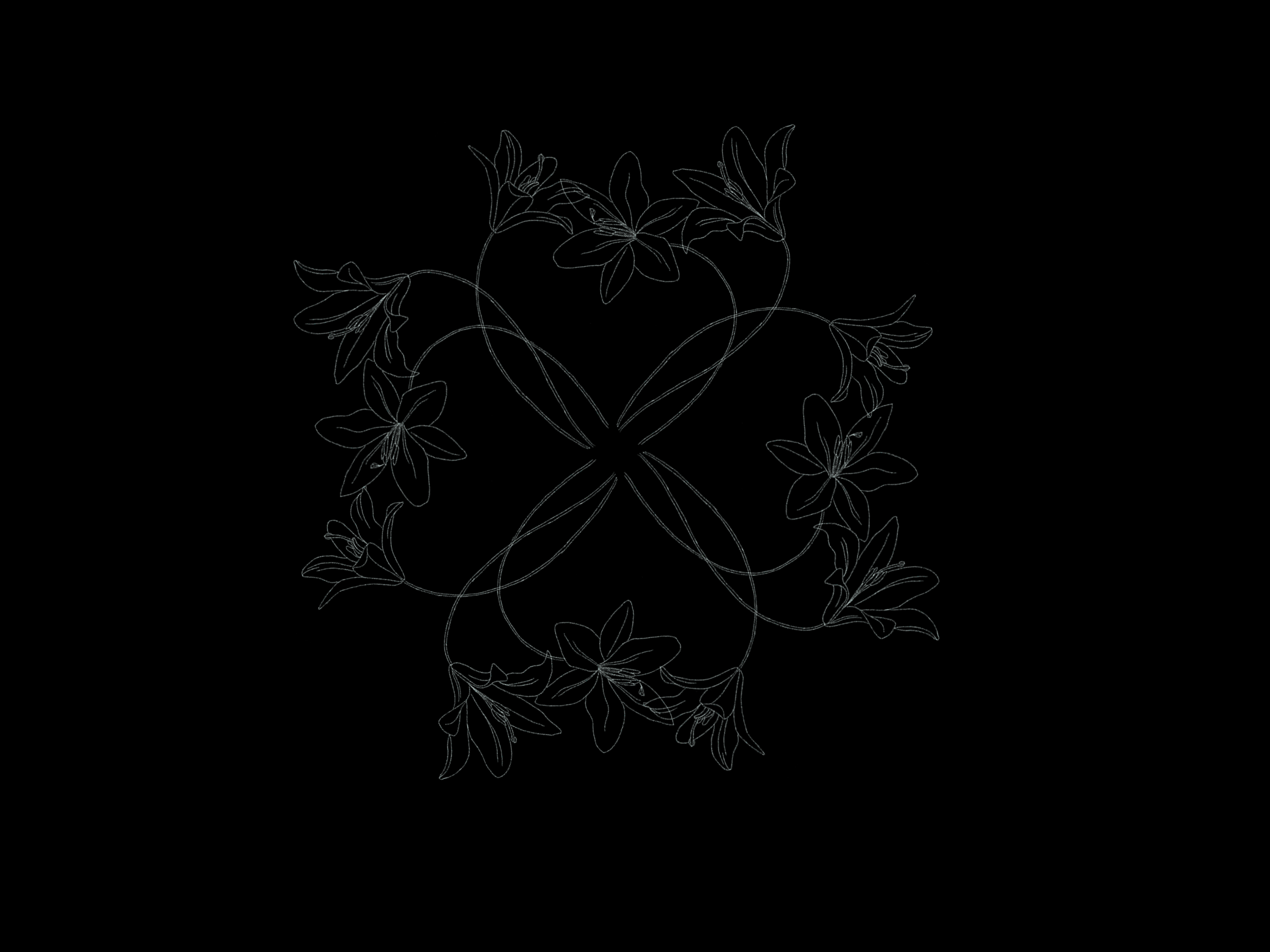
the lilum candidum or madonna lily, digital drawing, 2023
Today I embark into the ether into a deep black box of a writing practice. Deep black box adorned of Pandora's will. In other words, I am starting my formal writing practice. It lives here, in the moss corpus.I don't feel like capitalizing this title as to not draw too much attention towards myself as to keep this corpus an entity alone. Mind you, the author who keeps the moss corpus could attribute their own traits.
Introducing this site feels like announcing I am leaving a room before I open the door and saunter out pompously in front of a group of people, so please imagine you are reading this in a small crevice you find in a forest soaking the light that is peaking through lichen plastered tree trunks. No one is here. No one perceives the text that is swanning across the page except for you.
I own a large middle aged cat, Julius, and he is sitting astutely appearing to be waiting for these words to fill my text editor. He judgingly looks at me with his half lit eyes, as if it is natural to just know what to say in a situation like this. "It is a corpus of moss, Julius." I mutter. "How is this not clear?"
